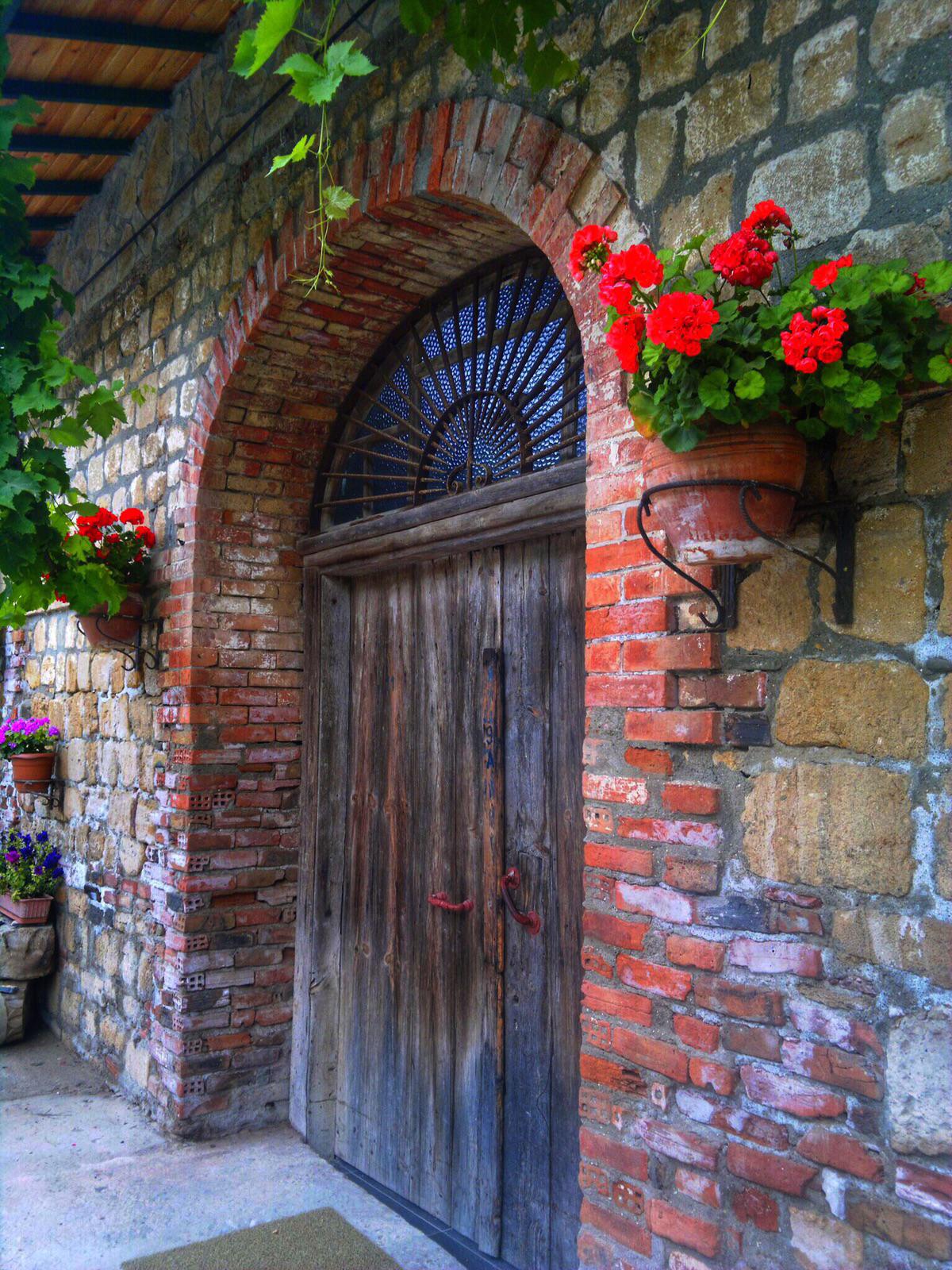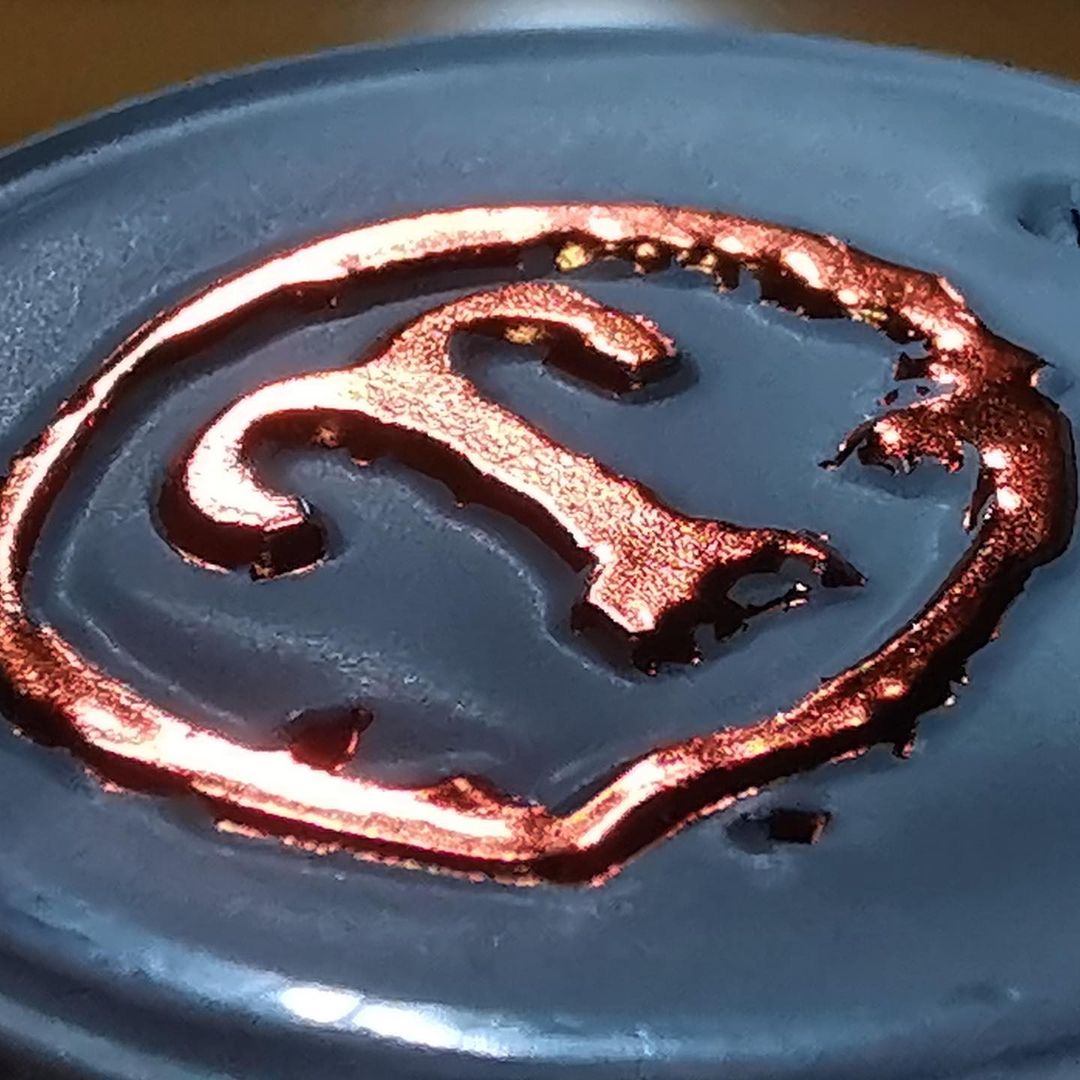Our family has been making wine since before the foundation of the Republic. Our grandfather, known as "Matyoz Ahmet" by his friends, was the one who built the very winery we use today from the ground up.
Hoşköy, where it is located, was an area where both Greeks and Ottoman Turks lived together. Matyoz Ahmet and his Greek friend Şimo formed the tradition of the land into a craft. They continued to be friends and partners at the winery. Starting out with raki production, the two friends were then separated as part of the population exchange.
When the Republic was founded, raki production was put under the Tekel subsidiary. Afterwards, the Çetintaş family started winemaking. In the following years, Hüseyin Çetintaş, son of Ahmet Çetintaş, finished his college education in Istanbul and took over the business. His curiosity and his analytical personality would contribute to the efficiency of production.
The children born into this life that was rich in scents, colors and tastes could not stay away from winemaking either. Hüseyin Çetintaş's son, Cem Çetintaş, took over shortly after finishing his college education. He started a new era by beginning to bottle with the Melen brand.
Today, we are combining the experience accumulated over three generations with energy, and continuing to do what we do best, adding to the resilience of new growth.

The inspiration for Melen Winery's logo is the seal on the amphorae produced in the region since ancient times.
Mud obtained from the mineral-rich waters of the Ganos Mountains was used to make amphorae in small workshops by the sea in Hoşköy. The Ganos Wine produced here was preserved in these amphoras and transported to a wide geography from Egypt to Russia.
Although written sources mention wine exports from the region during the Byzantine and Ottoman periods, the most concrete evidence of this situation is the Ganos amphoras found in the excavations in Gaziköy by Prof. Dr. Nergis Günsenin. The same amphoras later appear in the Marmara Sea and in Istanbul during the metro construction in the Yeni Kapı Wreck 11.
